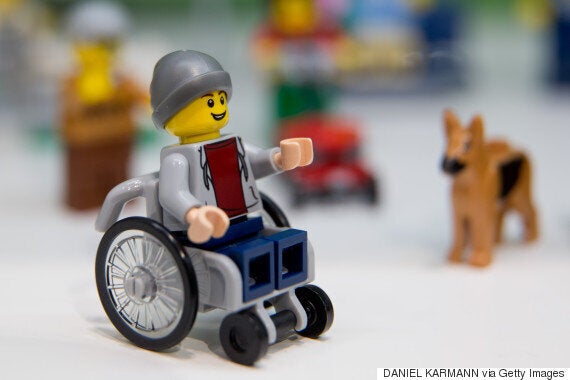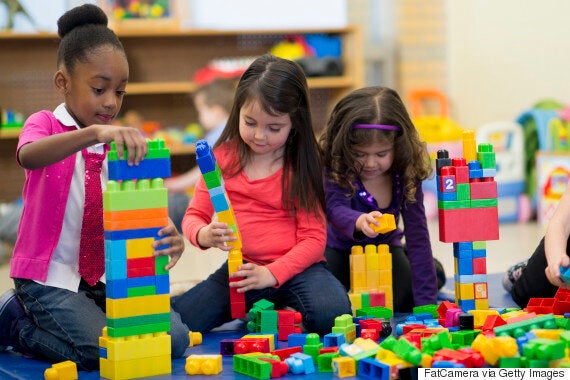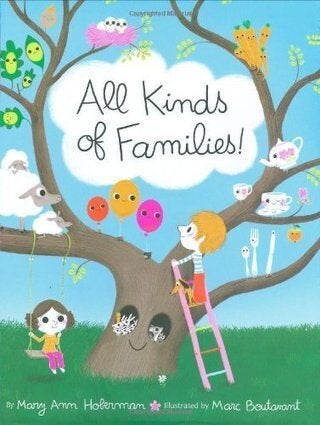There could be more at stake in the toy aisle than we realize.
The 2016 holiday rush capped off a record year of approximately $26 billion in toy sales in the United States alone. (That's a lot of Rogue One action figures). Meanwhile, toymakers have stepped up to meet demands for more diversity. Take Mattel's Barbie line featuring seven skin tones and more realistic body types, or Lego's set featuring a Minifigure in a wheelchair, both released last year.

We know that research links children's toys and media choices to their self-esteem. Characters who look more like they do, rather than imagined ideals, help kids build confidence, the foundation for leadership skills. But here's the kicker: seeing toys that look like others (a different race, for instance) nurtures compassion.
If playtime is linked to self-esteem, leadership and compassion, could diverse toys help create the next generation of activists?
"[Diverse] dolls give kids a more robust and healthy sense of the world and of themselves," says Samantha Knowles, director of the award-winning documentary Why Do You Have Black Dolls?
Homogeny can have the opposite effect.
When you're seven years old, an action figure modeled after you is empowering.
Watching TV has been proven to boost self-esteem in white boys, who identify with an assembly line of white male protagonists, but lowers self-esteem for girls and children of colour, who usually see themselves in supporting or negative roles. Kids connect with characters who look like them, even if those characters are sidelined.
But during playtime, your kid is the casting director. A toy they can identify with makes them the hero of their own story, and could overcome what we call 'activist's block,' the self-diminishing excuse we hear often: "I'm just one person. What can I do?"
When you're seven years old, an action figure modeled after you is empowering. You are less alone.
"It sends a subtle message that you matter and that what you look like matters," says Knowles. "Someone took the time to make something in your likeness."
Better yet, give kids a toy that looks like someone who might be unfairly represented otherwise.

Studies show that diverse dolls help kids become more empathetic and comfortable discussing not just race, but the way stigmatized groups are treated differently. This is a conversation that North America could use some help with.
"It's one thing to say, 'This is what race is.' It's a more subtle, more powerful thing to give them toys and let them learn," says Knowles.
A kid's toy box is their toolbox for crafting new narratives, so it matters what you fill it with. Any kid should be able to rehearse their first UN speech with a Barbie who shares their skin tone or imagine their Nobel Prize-winning breakthrough with a Lego scientist who shares their gender.
Toys can also help children recognize the stories they share with others who are different, and provide an imaginative space to see themselves as heroes.
Not just death-defying action heroes, but the kind of hero who compassion -- one who stands up for others.
Craig and Marc Kielburger are the co-founders of the WE movement, which includes WE Charity, ME to WE Social Enterprise and WE Day.
Follow HuffPost Canada Blogs on Facebook
Also on HuffPost:
